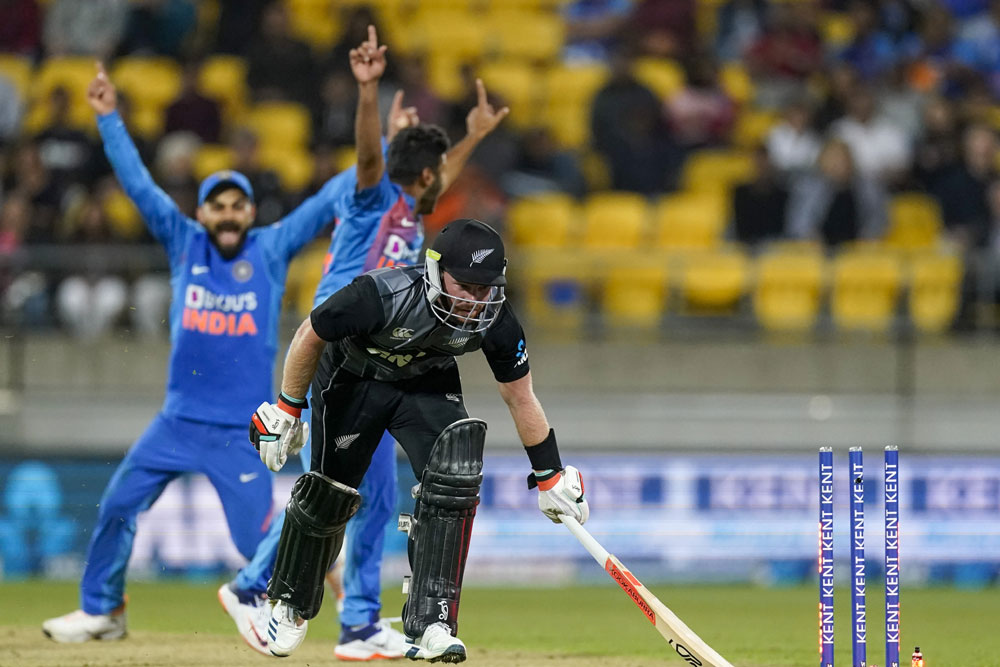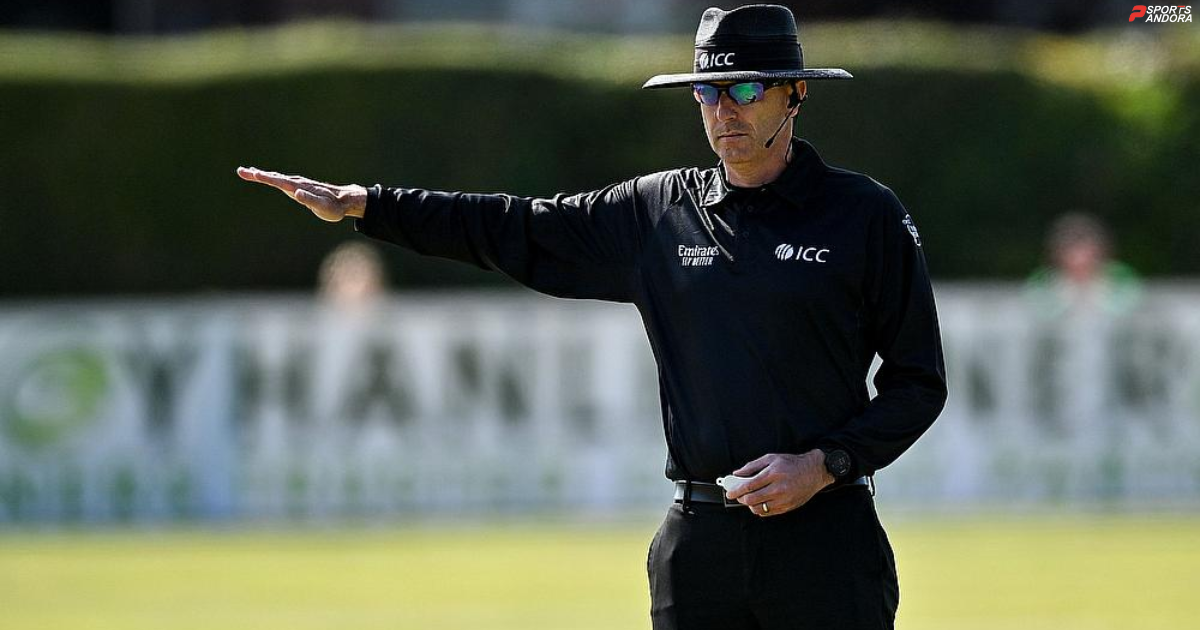T20 cricket, also known as Twenty20 cricket, is a dynamic and fast-paced format of the sport that has revolutionized cricket in recent years. Transitioning from the traditional Test matches and One-Day Internationals (ODIs), T20 cricket injects a thrilling dose of excitement into the game. The rules in Twenty20 cricket are also different to a certain extent.
In this format, each team is allowed to bat for a maximum of 20 overs, resulting in a condensed and action-packed contest. With its shorter duration, T20 cricket appeals to a wider audience, capturing the attention of fans with its high-scoring matches, big hits, and nail-biting finishes.
Rules in Twenty20 Cricket
T20 (Twenty20) International Cricket is a shorter format of cricket where each team plays 20 overs per inning. The rules of T20 International Cricket are as follows:
Number of Players: Each team can have a maximum of 11 players.
Overs: Each team plays a fixed number of overs, usually 20 overs per side.
Powerplay: The first six overs of a T20 match are called the powerplay overs. During this, only two fielders are allowed outside the 30-yard circle.
Fielding Restrictions: During the non-powerplay overs, a maximum of 5 fielders are allowed outside the 30-yard circle.
No Ball: No ball is called if the bowler oversteps the crease or the delivery is above waist height. The batting team is awarded one extra run, and the ball is re-bowled. Additionally, the following delivery is known as a free hit. In a free hit, a batsman can only be run out or stumped. The fielding side is not allowed to change the field during a free hit.
Wide Ball: A wide ball is called if the delivery is too wide of the batsman’s reach. The batting team is awarded one extra run, and the ball is re-bowled.
Other rules of T20 Cricket
Leg Byes: If the ball hits the batsman’s body or equipment and goes on to score runs, those runs are called leg byes.
Run Outs: A run out occurs when a fielder breaks the wicket with the ball while the batsman completes his/her run.
LBW: A batter is given out (leg before wicket) if the ball would have hit the stumps had the batsman not been in the way.
Extras: Any runs scored by the batting team that are not off the bat are added in extras. The total of extras is added to the team’s total. Extras include no balls, wide balls, and byes and leg byes.
Timeouts: Each team is allowed one timeout of up to 2.5 minutes during a T20 match.
So far, it is a part of Domestic leagues and not an International format.
Innings: Each team gets to bat and bowl once. The team with the highest total score at the end of the match is the winner.
READ MORE: Cricket: History, Origin, Teams and Controversies
There are other rules also that are there in the T20 format, such as Super Over. Super over comes into play when both teams tie at the end of the game. However, each team is allowed to play a maximum of 3 batsmen with no fielding restrictions. If still, it’s a tie, then again, a spur over takes place until a winner is found.
These are some of the basic rules of T20 International Cricket. However, there may be some variations in rules in different countries or tournaments.
Follow Sportspandora for more.




